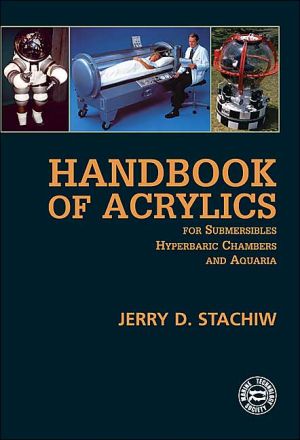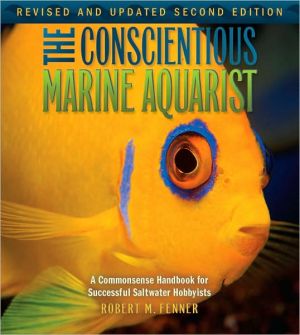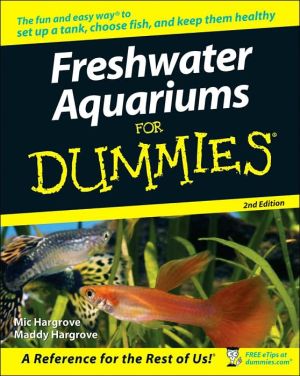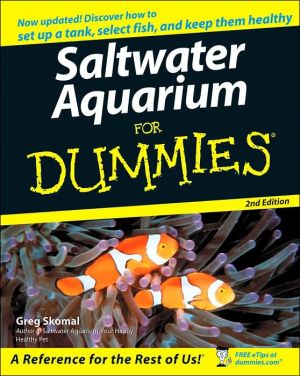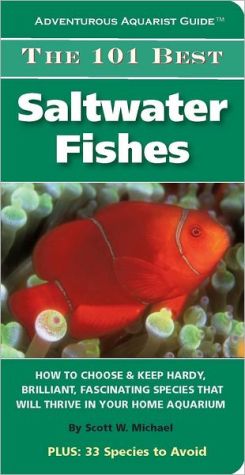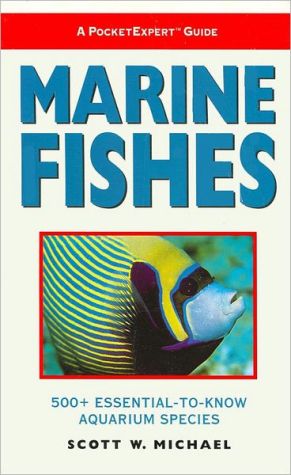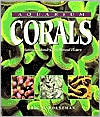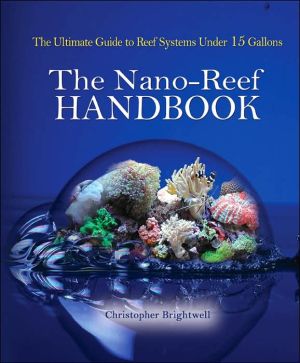Handbook of Acrylics for Submersibles, Hyperbaric Chambers, and Aquaria
Handbook on Acrylics for Submersibles, Hyperbaric Chambers, and Aquaria summarizes the theories, test data, and work experience accumulated over the years in the design, fabrication and operation of acrylic plastic viewports in submersibles, hyperbaric chambers, and aquaria. This fully illustrated, 1,080 page handbook solves current practical engineering problems in the design of the pressure resistant acrylic plastic viewports in the entire pressure range from full vacuum to 20,000 psi (138...
Search in google:
This reference summarizes theories, test data, and work experiences in the design, fabrication, and operation of acrylic plastic viewports in submersibles, hyperbaric chambers, and aquaria, and will help readers solve practical engineering problems in the design of pressure resistant acrylic plastic viewports in the entire pressure range. Useful for engineers, designers, operators, and inspectors of pressure vessels, the book covers everything from materials, bonding techniques, deterioration of acrylic material, and surface finishes to design and test of acrylic structures and safety factors. Annotation ©2004 Book News, Inc., Portland, OR Booknews Inc. This reference summarizes theories, test data, and work experiences in the design, fabrication, and operation of acrylic plastic viewports in submersibles, hyperbaric chambers, and aquaria, and will help readers solve practical engineering problems in the design of pressure resistant acrylic plastic viewports in the entire pressure range. Useful for engineers, designers, operators, and inspectors of pressure vessels, the book covers everything from materials, bonding techniques, deterioration of acrylic material, and surface finishes to design and test of acrylic structures and safety factors.
1.0The Quest for Panoramic Vision Underwater1.1Introduction11.2Bathysphere21.3Trieste31.4Multiple Window Installations51.5Submersibles without Viewports for Direct Use51.6Panoramic Windows71.7Acrylic Plastic Submersibles91.8In Addition to Submersibles161.9Summary17References19Figures 1.1-1.30212.0Introduction to Acrylic Plastic2.1Introduction to Plastics412.2Introduction to Acrylic422.3Manufacture of Acrylic Monomer422.4Acrylic Polymerization432.5Modification of Acrylic452.6Conversion of Acrylic Resin462.7Acrylic Properties482.8Comparison of Acrylics522.9Chemical Resistance562.10Products Made from Acrylics572.11Design Considerations592.12Thermoforming Acrylic592.13Machining Acrylic612.14Sanding, Polishing and Cleaning Acrylic652.15Surface Castings and Texturing662.16Joining Acrylics662.17Lamination682.18Summary68Figures and Tables443.0Sources of Window Design Data3.1Introduction713.2Evaluation of Structures723.3Evaluation of Material81Figures 3.1-3.28884.0Structural Properties of Monolithic Cast Acrylic Plastic4.1Introduction1054.2Plastic Design Considerations1064.3Short-Term Mechanical Properties1114.4Long-Term Mechanical Properties1174.5Design Criteria125References128Figures 4.1-4.621295.0Acrylic Aquaria Enclosures5.1Evaluation of Transparent Construction Materials1655.2Selection of Acrylic Material for Aquaria1695.3Inclusions1715.4Design Parameters1765.5Calculation of Stresses1795.6Prediction of Critical Pressure1815.7Structural Performance1845.8Seating1865.9Fabrication of Panels1875.10Surface Care1895.11QC Inspection Procedures for New Panels1925.12Joining Techniques1925.13Typical Aquaria Installations1935.14Samples of Installations with Discussion of the Uniqueness of Each1945.15Conclusion197Figures 5.1-5.31199Appendix ATypical Specification for Acrylic Aquarium Windows2176.0Pressure-Resistant Windows6.1Introduction2216.2Window Classification2226.3Summary224Figures 6.1-6.62267.0Plane Disc Windows With Flat Bearing Surfaces7.1Introduction2317.2Structural Performance2327.3Modes of Failure2327.4Prediction of Critical Pressure2337.5Seating2367.6Fabrication of Windows2387.7Resistance to Impulse and Point-Impact Loading2397.8Conclusion240References241Figures 7.1-7.272428.0Plane Rectangular Windows8.1Introduction2628.2Structural Performance2628.3Mode of Failure2628.4Prediction of Critical Pressures2628.5Seating2658.6Fabrication2678.7Resistance to Impulse and Point Loading2688.8Conclusion268References270Figures 8.1-8.92719.0Conical Frustum Windows9.1Introduction2779.2Structural Performance2789.3Modes of Failure2799.4Prediction of Critical Pressures2909.5Seating of Windows2959.6Fabrication3019.7Resistance to Impulse and Point Loading3029.8Nonstandard Conical Frustums3069.9Window Design3069.10Conclusion309References310Figures 9.1-9.58311Appendix AWindow Design Procedure369Appendix BShort-Term Critical Pressures and Displacement of Conical Frustums375Appendix CDisplacement of Conical Frustum Windows Under Long-Term Pressure Loading38710.0Plane Disc Windows with Twin Conical Bearing Surfaces10.1Introduction40110.2Structural Performance40210.3Modes of Failure40310.4Critical Pressures40410.5Seating40810.6Sealing40810.7Fabrication40910.8Resistance to Underwater Explosions and Point-Impact Loading40910.9Conclusion410References411Figures 10.1-10.2041211.0Spherical Sector Windows11.1Introduction43311.2Spherical Shell Sectors with Conical Bearing Surfaces43511.3Modified Spherical Shell Sectors45511.4Conclusion464References465Figures 11.1-11.109466Appendix AShort-Term Critical Pressures and Displacements of Spherical Sector Windows551Appendix BLong-Term Displacement of Spherical Sector Windows Under Sustained Pressure Loading56912.0Spherical Pressure Hulls12.1Introduction57712.2Internal Pressure57912.3Ideal Spheres Under External Pressure58212.4Conclusion629References631Figures 12.1-12.70633Appendix AConstruction of Acrylic Spheres for NEMO Submersibles68913.0Cylindrical Windows13.1Introduction71313.2Internal Pressure71413.3External Pressure72313.4Fabrication73613.5Conclusion738References739Figures 13.1-13.37740Appendix ANumerical Example for Calculations of Stresses in a Ring Stiffened Cylinder Under External Pressure77314.0Illumination of Vessel Interiors14.1Introduction77514.2Illumination Through Windows (WTLS)77514.3Illumination through Acrylic Light Pipes (ALPS)77714.4Summary779References781Figures 14.1-14.29782Appendix AWindow Transmission Light System (WTLS)803Appendix BAcrylic Light Pipe System (ALPS)809Enclosure 1Light Pipe Assembly Qualification/Acceptance Tests817Enclosure 2Light Pipe Assembly Control Test822Enclosure 3Light Pipe Assembly Fabrication Drawings82515.0Stress Relieving Processes15.1Residual Stresses83315.2Reduction of Residual Stresses83415.3Quality Control of Annealing Effectiveness83915.4Summary843References844Figures 15.1-15.785016.0Joining Acrylic Components16.1Introduction85716.2Mechanical Joining85716.3Adhesive Joining85816.4Adhesive Joined Bond Configuration86116.5Dams for Containment of Cement in the Bond Gap86216.6Cementing Procedures86516.7Durability of Bonded Joints86616.8Effect of Joint Defects on Bond Performance86716.9Repair of Bonded Joints87016.10Cementing of Repair Bonds87316.11Summary874References875Figures 16.1-16.2387817.0Effect of Submersion in Water17.1Introduction89717.2Effects of Submergence89717.3Fouling89917.4Summary903References904Figures 17.1-17.1190518.0Crazing18.1Introduction91318.2Craze Definition91318.3Causes of Crazing91318.4Postponement of Crazing91618.5Resistance to Crazing91618.6Removal of Crazing91818.7Summary918References920Tables 18.1-18.3 and Figures 18.1-18.692119.0Deterioration of Acrylic in Service19.1Introduction92719.2Effect of Weathering92819.3Effect of Stress93319.4Service Life of Windows93719.5Procedure for Determining Remaining Service Life93819.6Service Inspection of Windows94219.7Description of Safety Hazards94319.8Effect of High Energy Radiation94519.9Chemical Attack94719.10Summary948References949Figures 19.1-19.10950Appendix AEffect of Cleaners and Disinfectants on Stress Crazing Initiation957Appendix BEvaluation of Cleaners, Waxes, Protective Coatings, and Gasketing Materials for Use on Acrylic Windows961Appendix CEffect of Chemicals on Cast Acrylic969Appendix DRefinishing of Crazed, Cracked, or ScratchedAcrylic Surfaces by the User977Appendix EStorage of Acrylic Windows98120.0Optical Characteristics20.1Optical Properties of Materials98520.2Imagery in Viewing Media98920.3Optical Geometry of Viewports99120.4Ray Tracing and Light Pipes99920.5Comparisons and Conclusions1002References1003Figures 20.1-20.181004Appendix AOptical Properties of Spherical Shell Acrylic Windows101921.0Safety Standards21.1Introduction102521.2Historical Background102521.3ASME PVHO-1 Safety Standard102621.4Projected Performance of the Window in Service103321.5Summary1035References1037Figures 21.1-21.101038
\ Booknews Inc.This reference summarizes theories, test data, and work experiences in the design, fabrication, and operation of acrylic plastic viewports in submersibles, hyperbaric chambers, and aquaria, and will help readers solve practical engineering problems in the design of pressure resistant acrylic plastic viewports in the entire pressure range. Useful for engineers, designers, operators, and inspectors of pressure vessels, the book covers everything from materials, bonding techniques, deterioration of acrylic material, and surface finishes to design and test of acrylic structures and safety factors.\ \ \ \ \ Ocean News and Technology MagazineThis fully illustrated 1080 page handbook solves current practical engineering problems, it is ideally suited for engineers, designers, operators, and inspectors. This book is a necessary addition to the libraries of designers, fabricators, users and inspectors.\ \
